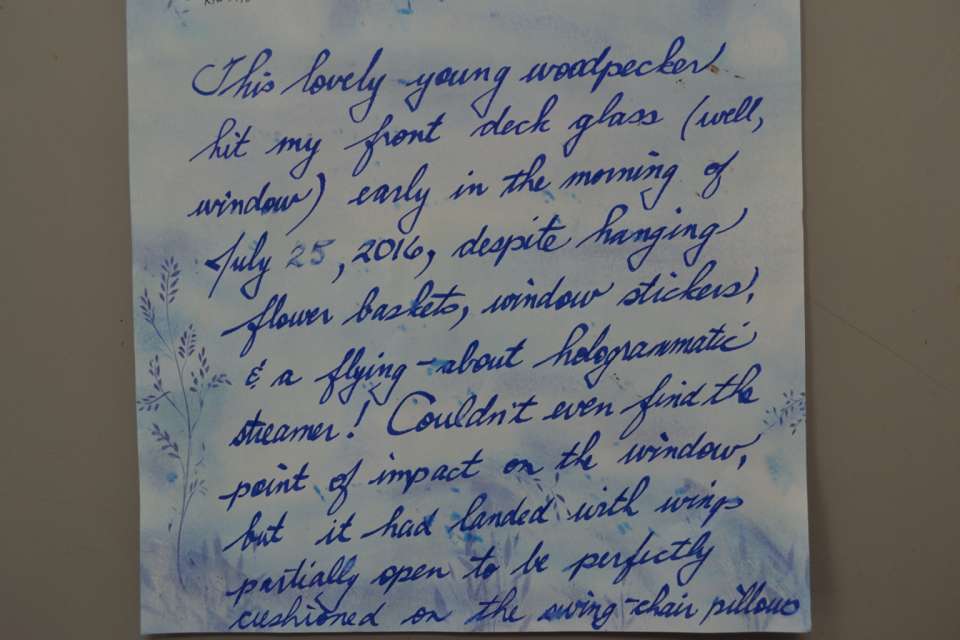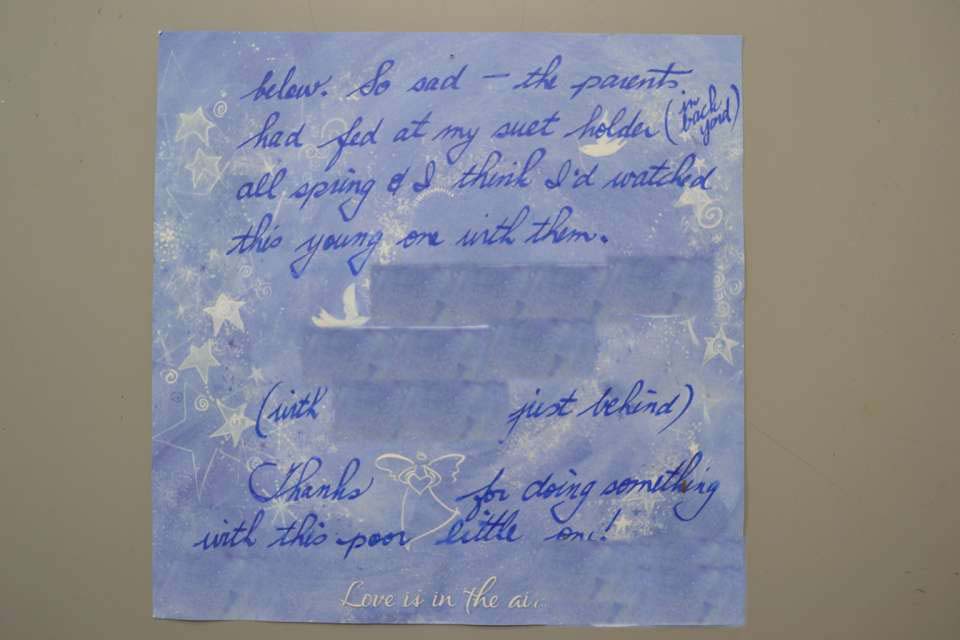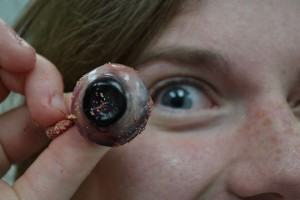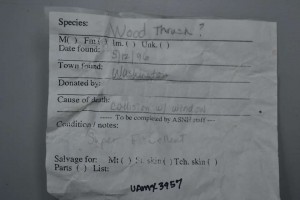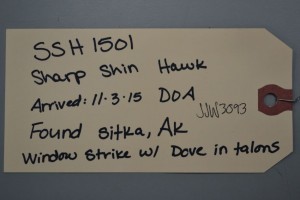Changes in the 23rd edition—2017 (downloadable at right)
Four species ADDED in 2016 to Checklist of Alaska Birds (in taxonomic order)
Calliope Hummingbird Selasphorus calliope: Hatching-year male, 3-5 Sep 2016, Auke Bay, photos by Gus B. van Vliet and Patty Rose. Casual, because of its long, enigmatic, unsubstantiated past in se Alaska. Its history in Alaska began with Willett’s 1921 statement (in Bird notes from southeastern Alaska. Condor 23:156-159): “According to [local resident F. H.] Gray, quite common at Wrangell in spring and fall during some years; other years apparently absent.” In the absence of any pre-1921 published mention of this species in Alaska, however, Willett’s explicit intention (op. cit.:156) “to include only species regarding which some fact or facts have come to light that add to previously published matter regarding them” would seem to make his 1921 report enigmatic. Four+ (silent) decades later, there were six (unsubstantiated) reports from the late 1960s through the 1980s (male, [no date] May 1967, Juneau, Richard J. Gordon; female, 6 May 1968, Juneau, RJG; at least one, summer 1968, Juneau, fide RJG; one, 27 Jul 1974, Juneau, Evelyn S. Dunn; male, 14 Aug 1975, Little Port Walter, Baranof Island, Alex C. Wertheimer; and female, 18 Jun 1988, Mitkof Island, Peter J. Walsh). Insert in Family Trochilidae following Rufous Hummingbird Selasphorus rufus.

